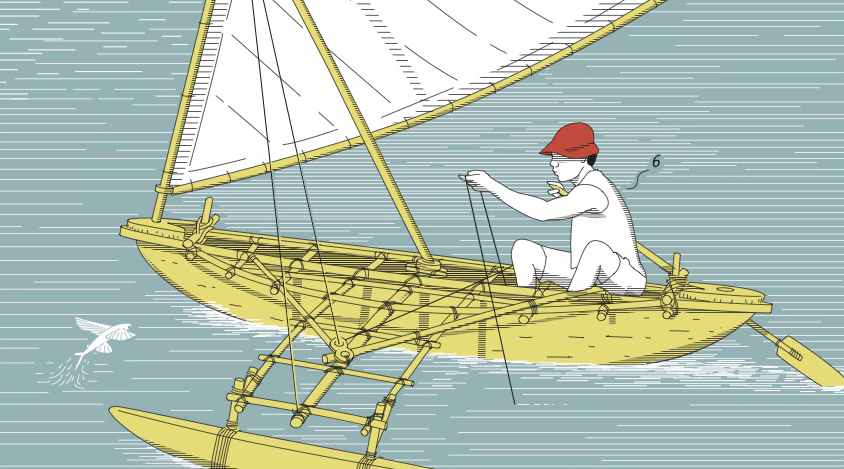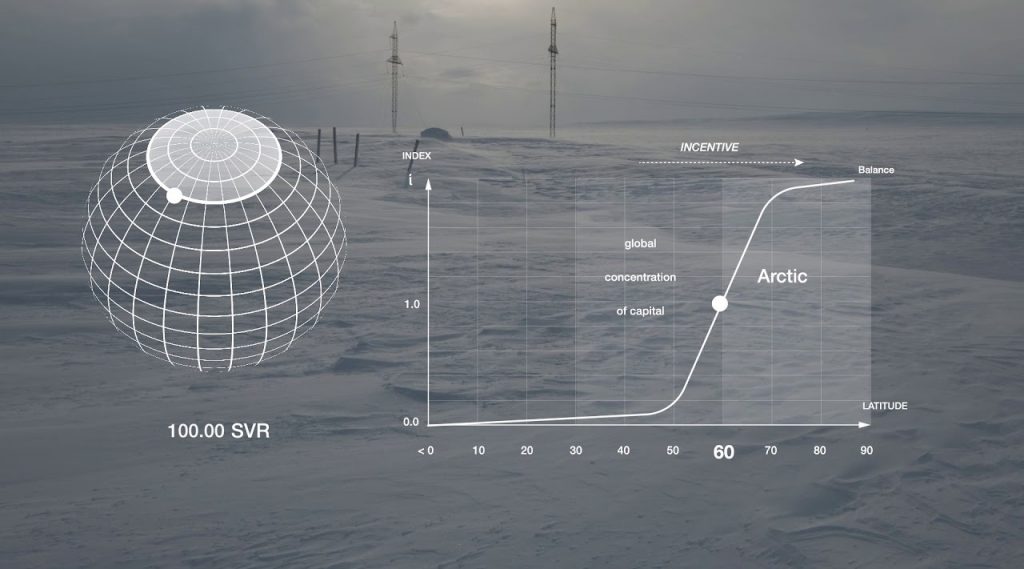EDITOR’S NOTE: Bombing Parco Sempione is a speculative design project developed within the Urbanism and Urban Design course titled Milano Animal City, held at Politecnico di Milano by professors Stefano Boeri and Michele Brunello during the a.y. 2015-6. It presents suggestions and visions for the recolonization of the Milanese urban environment (in particular Parco Sempione, the park that hosts the Triennale building) by animal and plant species. The following is an excerpt adapted from the original manifesto by Antonin Mangin, Gaia Meacci, Filippo Oppimitti, and Beatrice Rogantini, imagines humans giving back to nature what they took away through an act of violence. In so doing, however, it also cynically reveals that anything we humans attempt to shift our perspective and step aside nevertheless reaffirms our anthropocentrism. For good and for bad, we will never be able to transcend our humanity.

Manifesto for a Critical Romanticism
As we all should know by now, our way of life rests on a dramatic exploitation of the environment and on systematic damage to animal welfare. We revel in an anthropocentric understanding of what’s around us, in the illusion that nature is a limitless reserve. The obvious violence exercised in extracting resources from is very much tied to other forms of violence, hidden and not. This is a global human attitude toward any form of otherness, a systematic domestication, an irresistible pull towards destruction. From this perspective, the simple act of walking one’s dog through Parco Sempione is a distilled manifestation of this general attitude.
Parco Sempione is the biggest green space at the center of Milan. It used to be the ducal hunting grounds of the Castello Sforzesco, where all kinds of wild animals were artificially introduced for the sporting pleasure of the privileged class. It was abandoned in 1861 and became a parade ground for the Italian army, before being redesigned as a city garden in 1894 by Emilio Alemagna. It was modeled after the romantic English gardens of the nineteenth century, with pedestrian paths and roads for cars traversing a completely artificial landscape requiring maintenance. In this setting, nature is reduced to a peaceful backdrop, one that serves human comfort and enjoyment. In 1906, Parco Sempione hosted the Esposizione Internazionale—or “Milan International”—a world’s fair focused on transportation at a time when emerging industrial technologies finally allowed control over the physical environment to ever greater degrees. Parco Sempione is therefore a symbolic affirmation of human triumph over all other forms of life: we are anthropocentric, imperialist, and thus inherently violent.

So we bomb it. We bomb it for everybody to see this violence. We destroy it. We deforest it. We take it away from Milan’s human population for the benefit of other species. It is the only possible course. We ought to change our behavior, show more modesty and respect. An otherness can be living here, among us.
This theme of otherness is central to romantic literature, philosophy, and painting of the eighteenth and nineteenth centuries. It leads one to consider the immense void between us and the world around us, through emotions rather than reason––an approach that can still be qualified as anthropocentric, as if this otherness was a reflection of ourselves. The main difference between romanticism and our time however is that we have discovered almost all corners of the world, invaded them, controlled them. Otherness becomes artificial and abstract within us. It is the immense paradox of biodiversity. We control otherness, we are the only ones who can reveal it, but we can’t reach it with reason.

In Parco Sempione, we take on this power. We shoulder this artificiality. Our hands destroy, dig, bring up plants and animals. We try to return to this space an artificial dimension of mystery, curiosity, and fear. We dig a twenty meter-deep hole in the middle of the city. There is no visual interruption of the urban landscape. The excavated space becomes neither out of the city nor completely inside of it. It becomes something else, with another ground, other rules, and another temporality. You might not see the city from inside of it.

Most of the city’s dwellers have never entered a forest at night and probably have no reason to do so, so we offer financial value to this space by generating excitement and touristic interest through advertising and consumerism. “Come, live an unforgettable experience in wild nature!” through what appears to be a contemporary form of zoo. We are more interested in the visitors to the zoo than in the animals it can host. We speak about a balanced zoo, a place of equitable relationship between visitors and animals, neither really knowing who is caged. We challenge the cynicism with a ticket price range. The more you pay, the closer you will get to the interior and the exciting attractions we propose to you. And if you can afford it you can even enter the park outright. But it is then up to you to ensure your own safety. You are a host inside your city, a depraved visitor of Parco Sempione, who spent money to experience the mystery, curiosity, and fear of being an other.








